The Luxury Shuttle Bus Market is currently characterized by a dynamic competitive landscape, driven by increasing consumer demand for premium transportation solutions and a growing emphasis on sustainability. Major players such as Mercedes-Benz (Germany), Ford (US), and Toyota (Japan) are strategically positioning themselves through innovation and regional expansion. Mercedes-Benz (Germany), for instance, has focused on enhancing its electric shuttle offerings, aligning with global trends towards eco-friendly transportation. Meanwhile, Ford (US) has been investing in partnerships with technology firms to integrate advanced digital features into their shuttle buses, thereby enhancing user experience and operational efficiency. Collectively, these strategies not only bolster their market presence but also intensify competition, as companies vie for leadership in a sector that is increasingly prioritizing luxury and sustainability.
In terms of business tactics, key players are localizing manufacturing to reduce costs and optimize supply chains, which appears to be a critical strategy in the current economic climate. The Luxury Shuttle Bus Market is moderately fragmented, with several established brands competing alongside emerging players. This competitive structure allows for a diverse range of offerings, yet the influence of major companies remains substantial, as they set benchmarks for quality and innovation that smaller firms strive to meet.
In August 2025, Mercedes-Benz (Germany) unveiled its latest electric shuttle bus model, which features cutting-edge battery technology aimed at extending range and reducing charging times. This strategic move not only reinforces Mercedes-Benz's commitment to sustainability but also positions the company as a frontrunner in the electric vehicle segment of the luxury shuttle market. The introduction of this model is likely to attract environmentally conscious consumers and corporate clients looking for premium, eco-friendly transportation solutions.
In September 2025, Ford (US) announced a collaboration with a leading tech company to develop an AI-driven fleet management system for its luxury shuttle buses. This initiative is expected to enhance operational efficiency by optimizing routes and reducing fuel consumption. The strategic importance of this partnership lies in its potential to set Ford apart from competitors by leveraging technology to improve service delivery and customer satisfaction, thereby addressing the growing demand for smart transportation solutions.
In July 2025, Toyota (Japan) launched a new luxury shuttle service in select urban areas, integrating its latest hybrid technology into the fleet. This move not only expands Toyota's market reach but also aligns with the increasing consumer preference for hybrid vehicles, which offer a balance between luxury and environmental responsibility. The strategic significance of this service lies in its ability to cater to a niche market segment that values both comfort and sustainability, further enhancing Toyota's competitive edge in the luxury shuttle sector.
As of October 2025, the Luxury Shuttle Bus Market is witnessing trends that emphasize digitalization, sustainability, and the integration of artificial intelligence. Strategic alliances among key players are shaping the competitive landscape, fostering innovation and enhancing service offerings. Looking ahead, it is anticipated that competitive differentiation will increasingly pivot from price-based strategies to those centered on technological advancement, sustainability, and supply chain reliability. This shift underscores the necessity for companies to innovate continuously and adapt to evolving consumer preferences in order to maintain a competitive advantage.
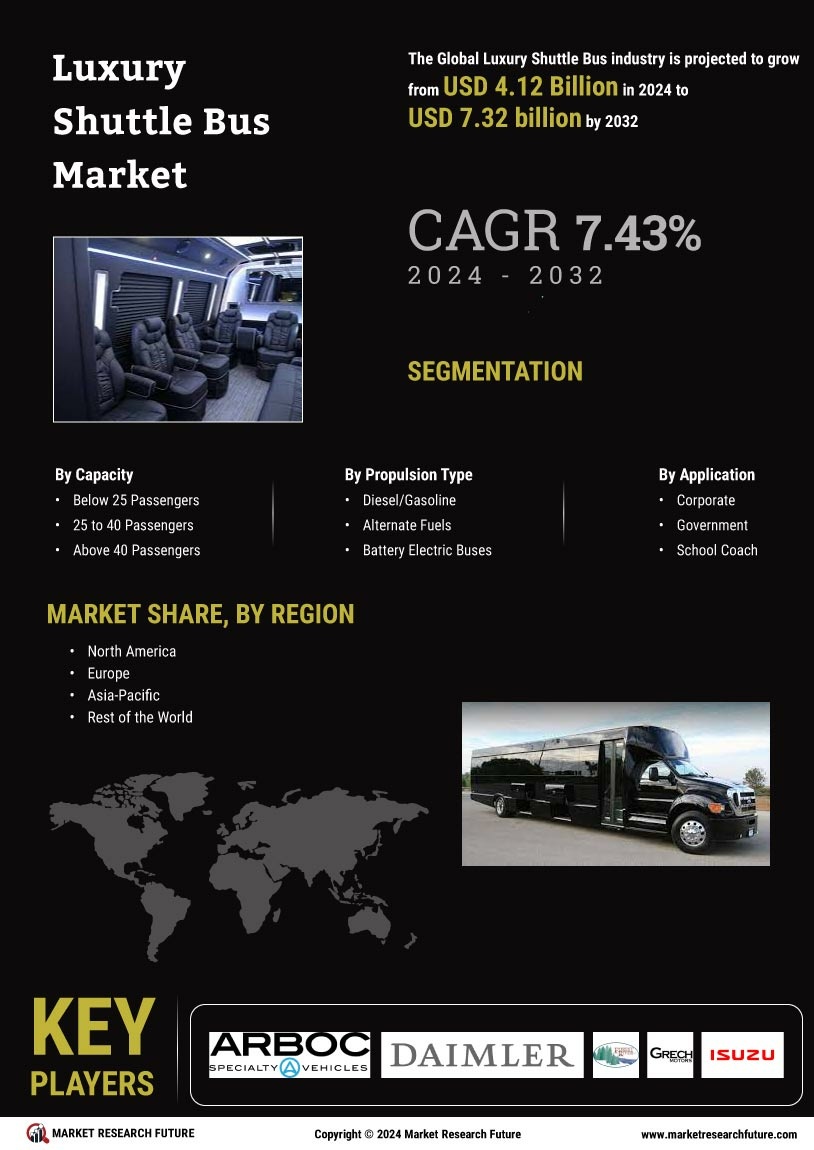

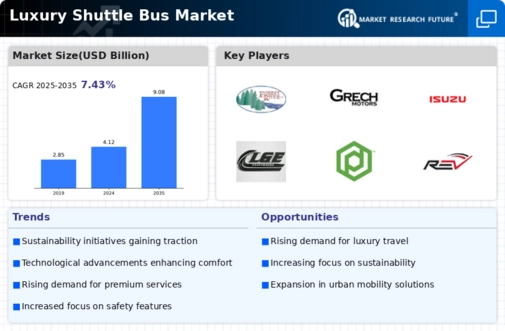
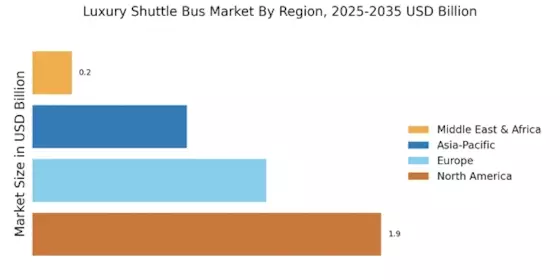
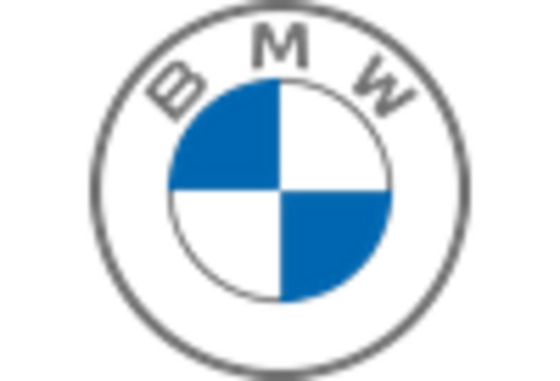

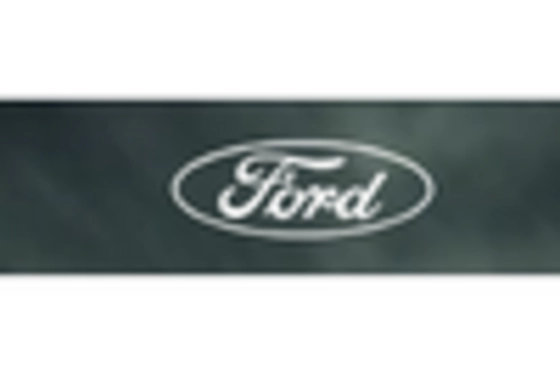
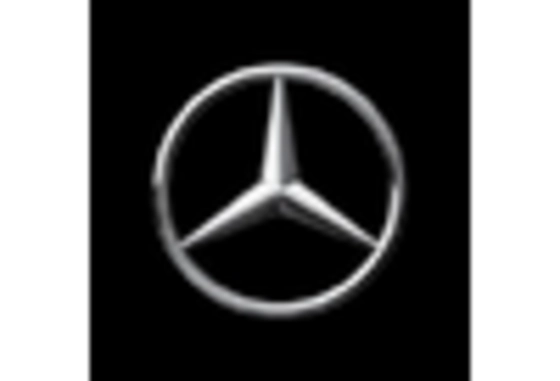
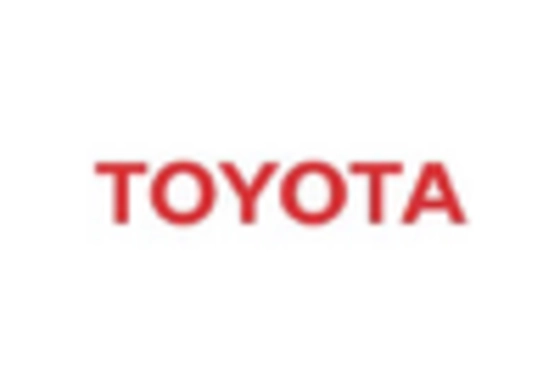
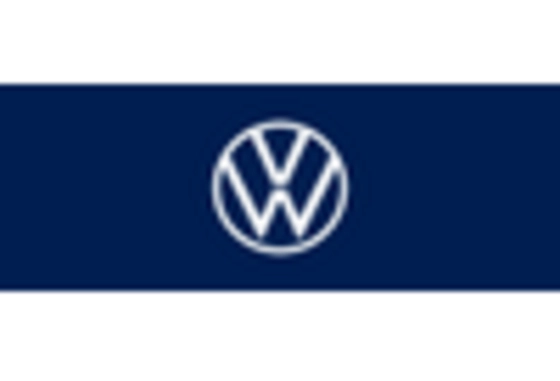








Leave a Comment